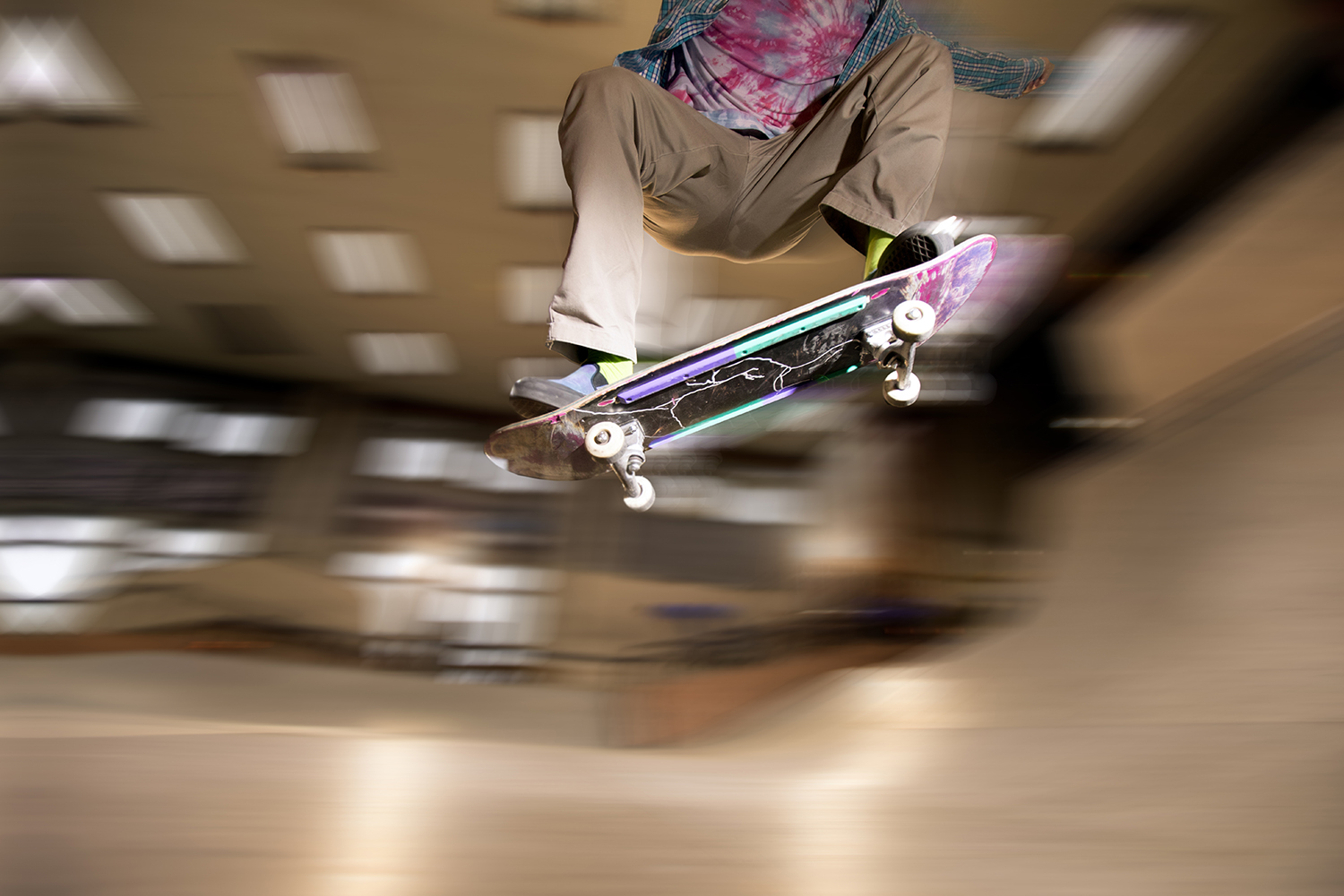Send a Picture of Mother: Single Point Focus vs Multi Point Focus

When it comes to photography, understanding the differences when it comes to single-point focus vs multi-point focus, is a key lesson. It can significantly enhance your ability to capture sharp and well-focused images.
These autofocus modes offer distinct advantages and knowing when to utilise each one is crucial. Let’s explore the showdown between single-point focus vs multi-point focus and provide some tips on when to employ each of them effectively.
Single-point focus vs multi-point focus in a nutshell
Single-point focus, as the name suggests, is an autofocus mode where the camera focuses on a single, specific point in the frame. This mode provides precise control over the focusing area, allowing photographers to pinpoint their subject with accuracy.
By manually selecting a single point, you can ensure that your intended subject is in sharp focus while ignoring distractions in the background. This mode is particularly useful in situations where you have a well-defined subject and want to maintain maximum control over the focus point. For example, in portrait photography, you can use single-point focus to focus precisely on the subject’s eyes and capture their expression with utmost clarity.
On the other hand, multi-point focus, also known as a dynamic or continuous focus, employs multiple autofocus points to track and focus on moving subjects. This mode is advantageous when photographing fast-paced action or capturing subjects in motion. Multi-point focus enables the camera to continuously track the subject across the frame, adjusting the focus as needed to maintain sharpness.
It is particularly useful for sports, wildlife, or any situation where the subject is in constant motion. By utilising multiple autofocus points, multi-point focus increases the chances of capturing sharp images of moving subjects.
When to use single-point focus vs multi-point focus
When to use each mode depends on the specific requirements of your photographic subject and the composition you want to achieve.
When to use single-point focus
In scenarios where precision and control over the focus point are essential, single-point focus excels. This mode allows you to direct the viewer’s attention to a specific area of the image, ensuring that your subject stands out with clarity against a blurred background.
Use single-point focus when capturing portraits, still life, or any scene where you want to isolate the subject and create a shallow depth of field.
When to use multi-point focus
On the other hand, multi-point focus shines in situations that involve movement or unpredictability. When photographing subjects in action, such as sports or wildlife, multi-point focus helps to maintain focus on the moving subject as it traverses the frame.
This mode allows you to capture the dynamic energy of the moment, freezing the action with sharpness. Additionally, the multi-point focus is useful in scenarios where the subject is not centrally positioned within the frame.
By utilising multiple autofocus points, you can ensure that the subject remains in focus even when it moves away from the centre.
Final thoughts on single-point focus vs multi-point focus
Understanding the principles of single-point focus vs multi-point focus is vital for achieving sharp and well-focused images. By utilising both modes effectively, you can enhance your photography skills and create compelling images to be proud of.
Consider this your formal invitation to subscribe to our YouTube channel and stay updated with the happenings on our blog. You’ll be sure to find plenty of tips, techniques, and inspiration to improve your photography skills. If you have any questions, connect with Arwyn, the Time-Lord, who is always ready to share wisdom and advice.
